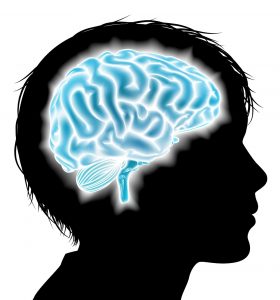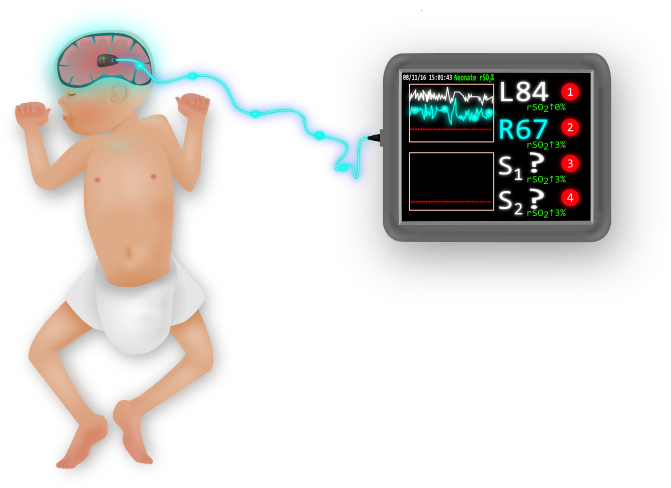Important decisions regarding patient treatment in the ICU or Emergency Room are often made using only physical indicators and patient history at time of admission. With a wide range of treatment options, this initial assessment plays an important role in determining course of action.
Access to previous medical records including vital trends prior to and post injury or medical incident are used by our lab to model and predict the incidence and severity of injury with the goal of incorporating these algorithms into real-time diagnosis for better accuracy and treatment.


